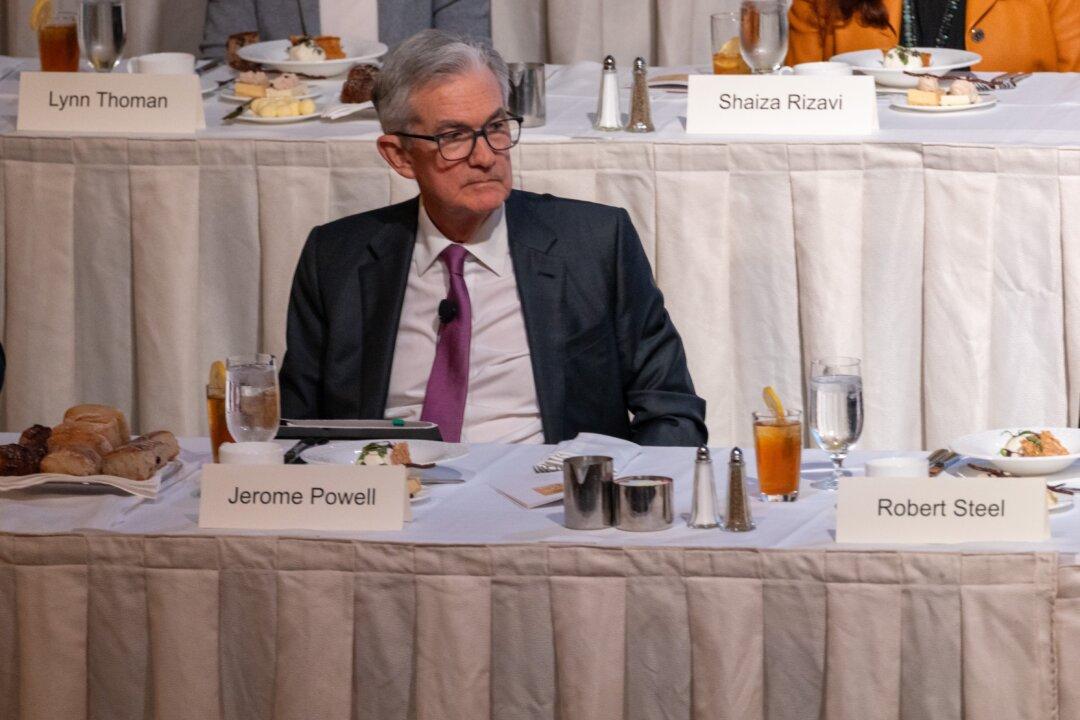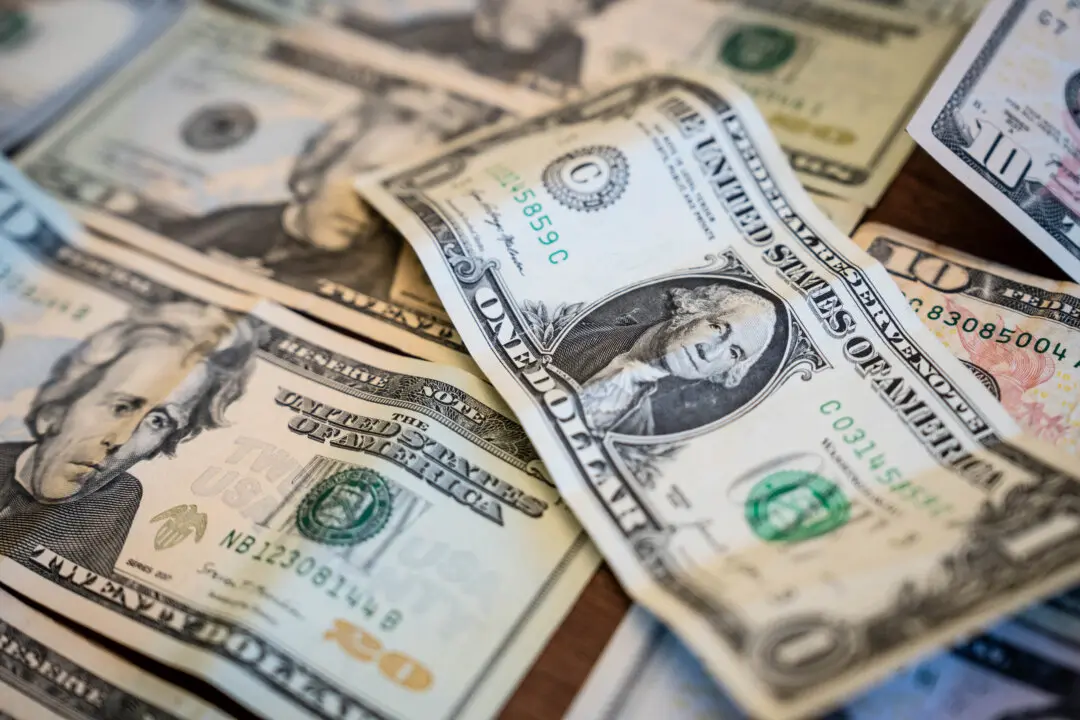Federal Reserve Chair Jerome Powell hinted that there will be no rate increase at next month’s Federal Open Market Committee (FOMC) policy meeting, but left the door open to further tightening if it is warranted.
Financial markets paid close attention to Mr. Powell’s appearance at the Economic Club of New York on Oct. 19, combing through his remarks to determine the trajectory of interest rates.





